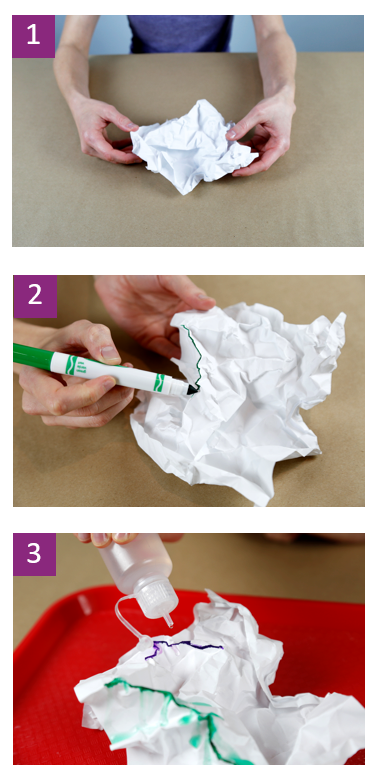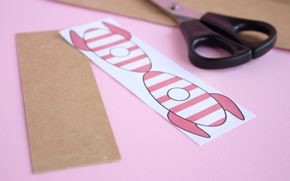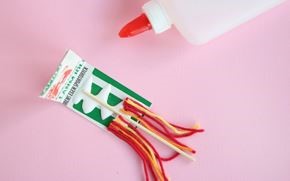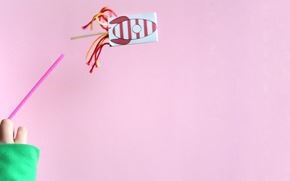Vad händer efter en storm?
Material
- Kopieringspapper
- Tvättbara markörer.
- Droppflaskor
- Handduk av mikrofiber
- Vatten
Genomförande
– Skrynkla ihop ett papper och öppna det försiktigt nästan helt. Det ska fortfarande visa åsar (höga punkter) och dalar (låga punkter).
– Välj en av åsarna och färglägg hela åslinjen med en vattenlöslig tuschpenna. Använd mycket bläck! Lägg pappret på en absorberande mikrofiberhandduk.
– Gör en förutsägelse. Om vatten föll på åsen du just färgat, vart skulle det ta vägen? Vad skulle hända med det färgade bläcket? Testa nu din förutsägelse. Använd dropparen för att placera vatten på toppen och simulera en regnstorm. Var din förutsägelse korrekt? Blev du överraskad av något?
– Upprepa experimentet med fler kammar på ditt skrynkliga papper. Förändras dina förutsägelser när du gör och observerar fler simulerade regnstormar?

Jorden är ett ständigt föränderligt och dynamiskt system.
Landets form och gravitationens dragningskraft påverkar båda hur vatten rör sig över jorden. Pappersbergen i den här aktiviteten beter sig som en miniatyrmodell av vattendelare. Det sätt på vilket tuschmarkeringen rör sig med vattnet representerar hur vatten kan transportera ytpartiklar genom en vattendelare. En vattendelare är all mark som avrinner till en gemensam vattenförekomst.
Regnvatten och snösmältning tar upp och transporterar allt som finns på marken – t.ex. skräp och avfall på gatorna, exponerad jord från jordskred eller byggnationer, eller föroreningar från gruvor eller jordbruk – till närmaste vattendrag. Det som händer uppströms påverkar alltid vattenkvaliteten och processerna nedströms.
Samtalsförslag
– ”Kan du förutsäga hur vattenflödet kommer att förändras över landformerna? Kan du definiera ditt avrinningsområde?”
– ”Vad tror du att tuschmarkeringen kan föreställa? Kan du tänka dig något som spolas bort i regnet? (t.ex. trottoarkrita, olja, frön, skräp) Var kommer det att hamna?”
– ”Om du skulle bo någonstans på ditt papper, var skulle du vilja bo? Varför skulle du välja att bo där? Var skulle du få ditt vatten ifrån? Skulle du ha
Skulle du ha grannar? Vilka regler skulle du och dina grannar följa när det gäller vatten?”
– ”Hur ser vattnet ut runt ditt hus/din stad/din stad? Får ni mycket regn? Eller är vädret torrt? Finns det några sjöar eller vattendrag i närheten av där du bor? Vad har du lagt märke till om dem? Har ert vatten/väder varit i nyheterna på sistone?”
– ”Hur skulle ditt liv kunna vara annorlunda om du visste exakt hur vädret skulle bli i morgon? Nästa vecka? Nästa år? Kan du komma på någon för vilken vädret har en ännu större inverkan på deras liv än vad det har på ditt?”




